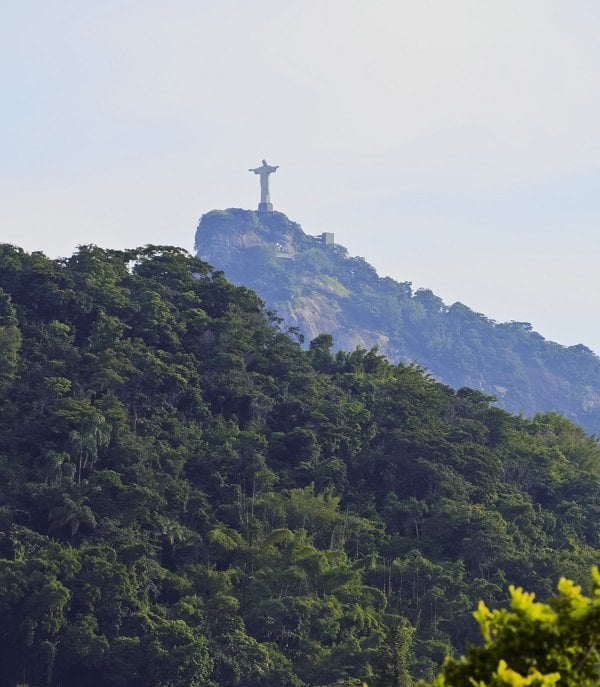Brazil Overview
Brazil (Portuguese: Brasil), or officially the Federal Republic of Brazil (Portuguese: República Federativa do Brasil), is located in South America, the first in the South American continent and the fifth largest and most populous country in the world. It has a long coast in the Atlantic Ocean. It borders all South American countries except Ecuador and Chile. Brazil with a total population of 210 million has thirteen cities with a population of over 1 million. São Paulo (12.1 million) and Rio de Janeiro (6.6 million) are the most popular cities. Its official language is Portuguese.
A Brief History of Brazil
The oldest pottery found in the New World dating back 8000 years was found in archaeological excavations in the Amazon basin of Brazil. On 21 April 1500, when Pedro Alvares Cabral, a Portuguese sailor, set foot in South America with the thought of going to India and declared that he had captured the country on behalf of the Portuguese king, it is thought that there were 7 million people living in the region based on hunting, fishing and nomadic agriculture. Until the early 1800s, the Brazilian lands continued as a colony under the Portuguese kingdom. In 1815, the Kingdom of Portugal declared Colonial Brazil to be an empire. In 1824 it became a Constitutional state. Today, Brazil continues its existence as a developing Democratic republic state.

Geography in Brazil
Brazil runs along the Atlantic Ocean on the east coast of South America and covers a large area inland. It has land borders with all South American countries except Ecuador and Chile. It shares land borders with Uruguay in the south. Argentina and Paraguay to the southwest, Bolivia and Peru to the west, Colombia to the northwest, and Venezuela, Guyana, Suriname, and French Guiana to the north. Archipelago in the Atlantic Ocean such as Fernando de Noronha, Rocas Atoll, Saint Peter and Paul Rocks, Trindade and Martim Vaz also belong to Brazil.
Brazil's vast territory includes Amazon rainforests, the Atlantic Forests, and the Cerrado Region, which are considered to have the world's largest biodiversity. These regions are ecosystems with much biological diversity.
The climate in Brazil
In Brazil, which has a wide area and various topographic structures, various climates such as desert, equatorial, tropical, semi-arid, oceanic, and subtropical can be seen according to the regions. However, in general, Brazil is a country with a tropical climate. Coffee Production in Brazil Brazil, the world's largest coffee producer, has been holding this title for 150 years and today it is the country that meets 1/3 of the world coffee production. Brazil met with coffee in 1727. The first coffee legend in Brazil According to legend, the Portuguese colony that ruled in Brazil at that time wanted to cultivate coffee, while French Guaya, where coffee was cultivated, did not give coffee seeds to the Portuguese colony. Under the pretext of resolving a border dispute, the Portuguese colony sent a commander named Melo Palheta to French Guaya on a diplomatic mission to meet with the French governor. Melo Palheta seduced the French governor's wife, and on her way home, the governor's wife secretly gave her coffee seeds in a flower bouquet. And so the first coffee seeds came to Brazil. It was realized by Melo Palheta by planting the first coffee sapling in the Para region.
Coffee Production Regions in Brazil
Commercial coffee cultivation started with the farm established around the Paraiba River near the city of Rio de Janerio. Today, São Paulo and Minas Gerais regions are the regions where coffee is produced.
Brazil is arguably the world's most developed and industrialized industrial coffee producing country focused on high production capacity. Most of the coffee produced in Brazil is made in low altitude industrial farms. Harvesting in these farms is generally done by industrial methods. This type of harvest causes unripe coffee cherries to mix with ripe ones.
Although there are farms in high altitude regions that produce coffees that also appeal to the world quality coffee market, which demands high-quality coffee, in general, Brazilian coffees are met in industrial areas. In general, Brazilian coffees are low acidity and bodied coffees. Espresso blends are indispensable. Turkish coffee is also made with Brazilian coffees and conquers hearts.


